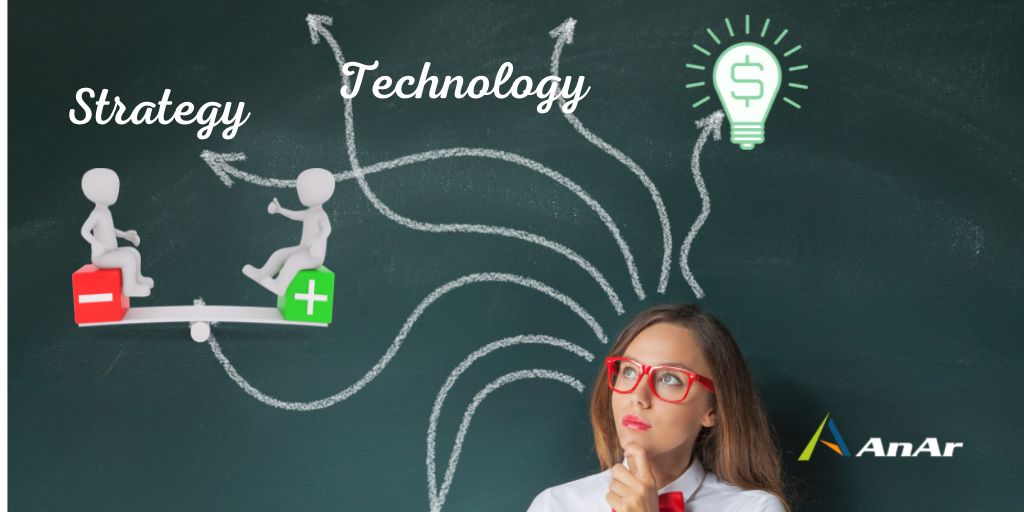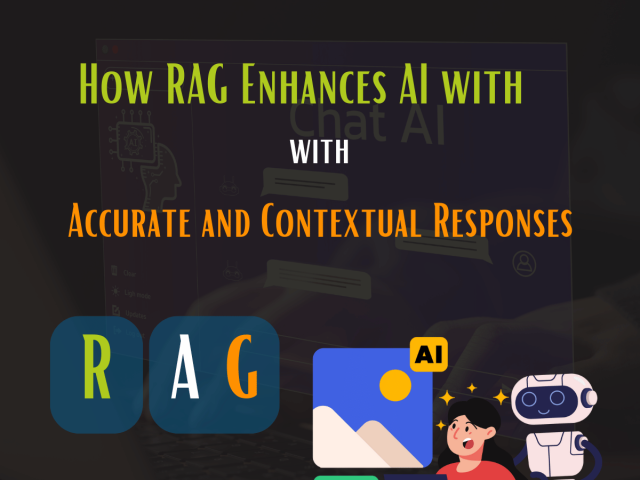Introduction
If you are thinking of developing a technology product, you might have received diverse inputs from various sources on which technology platform to use for development.
There are so many technology frameworks available. Each of them has its distinct flavor, advantages, and shortcomings.
This article will give you a brief overview of what goes inside and help you ask the right questions to choose the technology stack. If you are new to technology, this can be a good place to sneak peek.
How choosing the right technology stack will impact your Product?
If you are a non-techie and planning to develop an application, this question might both you are greatly. There are different types of applications, and they have a specific use in the respective industry, like:
- Functional complexity
- User Experience requirements
- Quantum of data need to be processed by the application
- Number of users on the platform at any given point
Each technology platform has different capabilities, and they will be better at handling specific types of non-functional requirements than their other counterparts.
For example, if you would like to develop an e-commerce platform used by everyone or a workflow platform to be used by a set of people. In either case, the questions to be answered before making technology selection are different.
It becomes crucial to select the right technology stack and architecture before starting development. If not done carefully, it can lead to:
- Time and Cost overruns
- Limitations in implementing certain features
- Increased complexity leading to higher cost of making changes
- Difficult to maintain
- Difficult to onboard new team member
Each technology platform has different capabilities, and they will be better at handling specific types of non-functional requirements.
When should you choose Technology Stack for your application?
You need to decide on a technology stack before the coding starts. During choosing a technology architecture, you will be defining the future course of an application. It will help give more clarity on the future roadmap for the application.
It also helps build a team and balance out various skills needed at different points during the project development phase.
Is there any difference in technology stack for mobile apps and web apps?
Web applications run through the internet, and the tech stacks use the resources of an internet browser. Mobile apps use platform-oriented technologies such as Android, iOS.
For applications to run on both, either you need to create separate versions or develop using cross-platform frameworks.
Technology and platform choices can significantly impact development time and costs.
How to choose a Technology stack/Platform?
You need to select a technology stack/platform that enables you to use technology’s power in your business today and make it easier to upgrade in the coming years.
Here are quick steps for you:
- Define the vision of the application in the immediate future and over the years
- Identify potential users of the application and how will they consume this application – through desktop, web or mobile, etc
- Identify if there are any geography or domain-specific security or compliance requirements.
- Clarify other non-functional requirements for the application like platforms to be supported, the potential number of users at peak time, security requirements, etc.
It will be beneficial to get some inputs on potential technology choices based on the above inputs from a trusted technology partner or consultant.
Technology and platform choices can significantly impact development time, costs, and further infrastructure costs. Your exit plan for this application can also influence your technology selection choices.
Hence involving a trusted technology partner who understands business and other technology nuances can come in handy.
Keeping it simple to manage, maintaining the code, and selecting the exemplary software architecture ensures the scalability and reusability of apps.
Benefits of having well defined Technology Architecture in place before you start development:
- Higher Control: Continue developing applications by aligning project costs and project goals. Rightly selected stack is helpful in cost management and saves time on revisiting the technological requirements.
- Uninterrupted Development Cycle: You have complete control when dealing with the need for change in language, server, frameworks, and tools for the project.
- Reliable Structure: Well-defined Application Architecture provides a reliable structure for creating solutions to bring efficiency and better performance to the project. It gets the desired Productivity of the team with available resources and initiates the development of newer software.
- Programming Ease: Programmers have clarity, and hence they can handle commonly encountered challenges during the development process. They can progress on their assigned tasks like fronted or backend development.
- Skillset: You can build a blended team with specialized and regular programming skills. It will help in managing the speed of delivery and delivery costs.
- Being Future Ready: Irrespective of personal preferences, the futuristic technology needs are met if you focus on current trends and the needs of your application.
Commonly used Technology stacks/Platforms:
- Microsoft or .NET Stack: You can develop enterprise-grade secure, cloud-native applications using Microsoft tech stack. You can club it with various frontend frameworks like Angular/ React/Jquery etc. We have written a comprehensive blog comparing all of these frameworks; take a look.
- LAMP: It’s open-source and stands for Linux OS, Apache Server, MySQL RDBMS, and PHP programming. You can develop reasonably complex applications with it.
- MEAN/MERN: It is widely used to develop applications where you need to work on unstructured data. The complete form of MEAN is MongoDB (NoSQL database), Express.js web app framework, Angular.js, and NodeJS for the server-side framework. MERN stands for MongoDB, Express.js, React, and NodeJS.
Many other frameworks and platforms are also available, like Java-based, Python or RoR, etc.
Summary:
Choosing the right technology stack is crucial in any application development. Well-defined technology architecture, platforms, and frameworks selection can yield long-term benefits like future-ready, scalable, managed costs and delivery timelines. Also, Automation can drive more accuracy and speed, leading to quicker time to market.






